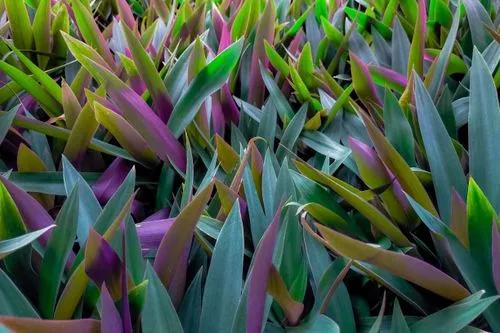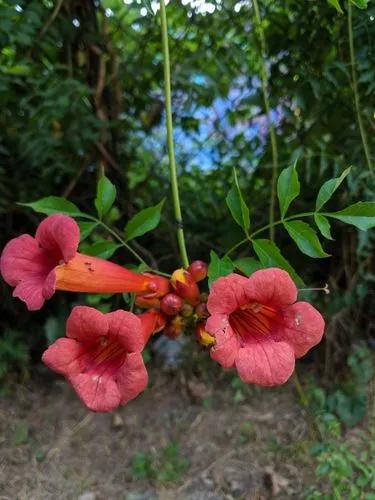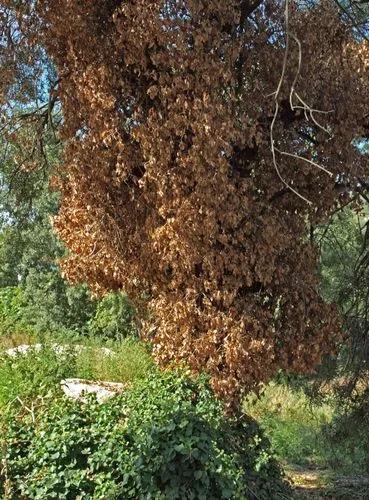Elephant Ear 'Sumo' is a hybrid between Alocasia 'Portora' and 'Purple Cloak'. Big and bold, Elephant Ear 'Sumo' makes a dynamic statement in a large pot or as a landscape specimen.
Elephant Ear 'Sumo' Care
Alocasia 'Sumo'



Elephant Ear ‘Sumo’ is an easy grower that reaches 5-6’ the first year and 8-10’ tall by the second year. The dark, upward-pointing, green leaves are huge – up to 3-4’ long when fully mature – and they reach 2.5’ across. The back sides of the leaves are light green with purple veins and highlights. The dark leaf stems are reddish-black.
How to Care for the Plant

Water

Provide consistent moisture during the growing season and do not allow the soil to dry out. Regular water is the key to growing bountiful Elephant Ears.

Pruning

Dead fronds and leaves can be removed.

Fertilizer

Use a fertilizer formulated specifically for your plant. Avoid over-fertilizing and follow the instruction on the label.

Sunlight

All plants require light for photosynthesis, the process within a plant that converts light, oxygen and water into carbohydrates (energy). Plants require this energy in order to grow, bloom and produce seed. Without adequate light, carbohydrates cannot be manufactured, the energy reserves are depleted and plants die. They need 12-14 hours of indirect sunlight.

Soil

A loam soil contains a nice balance of silt, sand, and clay along with humus.

Temperature

Ideal temperatures should be approximately 65-75ºF+ (18-24ºC+), closer to 70ºF is best.

Container

When choosing a pot, choose a pot that is 2.5-5 cm (1-2”) larger than the current size. Ceramic pots are porous which means your plants are less likely to experience root rot from overwatering. It also means you'll have to water more often. Plastic pots are lighter, less likely to break, and easier to clean.

Popularity

949 people already have this plant 218 people have added this plant to their wishlists
Discover more plants with the list below
Popular articles






